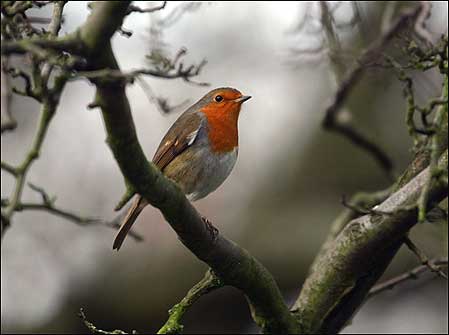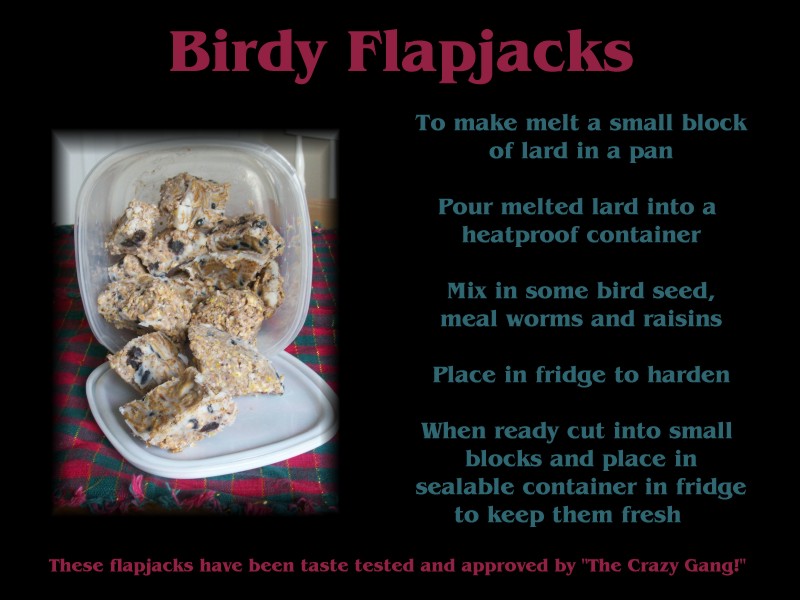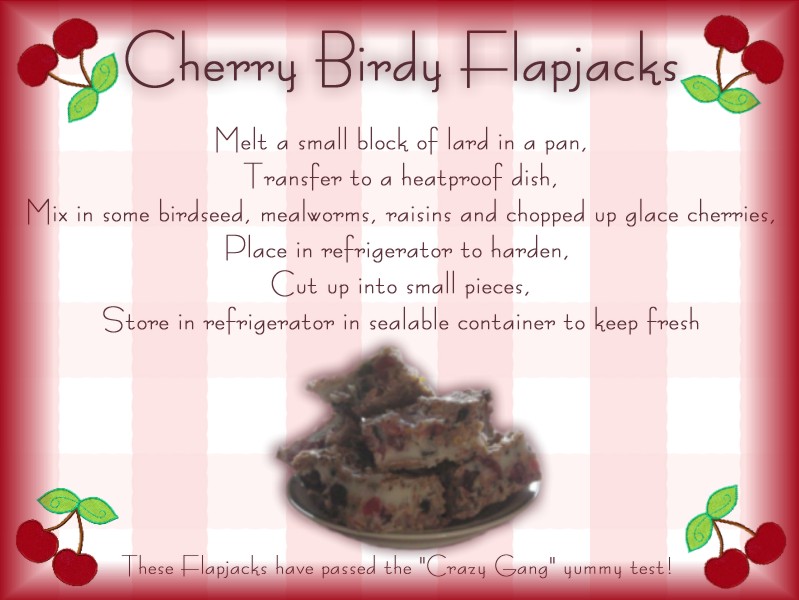
It is a good idea to plant all kinds of shrubs and flowers which will be of benefit to birds and wildlife throughout the the year. Good examples of these are:
Buddleia
The most familiar varieties of buddleia, known as 'butterfly bush' have long sometimes mauve, purple or white flower heads. The flowers smell like honey and are a great attraction to butterflies
Animals that benefit
Bees
Bumblebees
Butterflies such as comma, green veined white, large white, painted lady, peacock, red admiral, small white
Bullfinches
Hoverflies
Moths including the hummingbird hawk moth
Hawthorn
Although it is probably the most common hedgerow shrub that can be found throughout the UK, hawthorn is a very valuable addition to any wildlife garden providing food for more than 150different types of insects
Animals that benefit
Insects eg hawthorn shield bug, earwig, common flower bug, bumblebees etc
The above are eaten by predators such as devils coach horse, violet ground beetle, garden spider, wren, blue tit etc
Blackbirds and other thrushes, greenfinches, chaffinches, starlings and many other birds relish the haws in the autumn
Honeysuckle
Honeysuckle is a vigorous climber with green oval leaves. It is common in hedgerows and is a great addition to a wildlife garden. It can be trained up a wall or fence, but looks best scambling through a hedge
Animals that benefit
The flowers attract bumblebees, butterflies and moths to drink nectar, including the hummingbird hawk moth whilst bullfinches, warblers and thrushes eat the berries
Daisies, dandelions and thistles
Plants in this family have many small flowers that are gathered into a flowerhead which then looks like a single flower. It contains many plants that are exceptionally good for wildlife, either attracting insects for nectar or birds and small mammals for seeds. A few are listed below:
Corn marigold Chrysanthemum segetum – honey bees and butterflies for pollen and nectar
Dandelion Taraxacum officinale – bees, butterflies and hoverflies for nectar; finches for seeds; larval foodplant of white ermine moth.
French marigold Tagetes patula – butterflies and hoverflies for nectar
Goldenrod Solidago – bees, butterflies and moths for nectar; siskins, linnets and finches for seeds
Greater knapweed Centaurea scabiosa – bees, bumblebees and butterflies for nectar; siskins, linnets and finches for seeds
Marigold Calendula officinalis – honey bees for pollen; bumblebees, hoverflies and butterflies for nectar
Michaelmas daisy Aster novi-belgii – very popular with bees and butterflies for nectar; linnets and finches for seeds
Milk thistle Silybum marianum – goldfinches for seeds. Sunflower Helianthus annus – honey bees, bumblebees and hoverflies for nectar; doves, finches for seeds
Tickseed Bidens ferulifolia – bumblebees for nectar; linnets, greenfinches, redpolls and goldfinches for fruits
Yarrow Achillea millefolium – bees, bumblebees and many other insects for nectar; birds for insects and seeds
I made this short video to show some of the wildlife I see in my garden. I have also made it as tribute to my late Dad, Harry Agnew. Love you Dad, RIP
To share the antics of the wildlife that visits my garden I have started a blog, Wee Chooky Burdies which can be found at:
http://shirleylayfield.blog.com/
I have added the recipe for "Birdy Flapjacks" as they have proved to be a big hit with the birds who visit my garden especially The Crazy Gang! (My nickname for the starlings)

Since my last update to this page I have created a variation on the above recipe. I now make Cherry Birdy Flapjacks which all the birds are just loving! The recipe hasn't changed that much, but it gave me an excuse to photoshop a pretty recipe card! If you decide to give either of these recipes a go, I hope the birds in your garden enjoy them as much as the crazy gang do!



